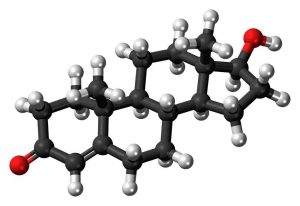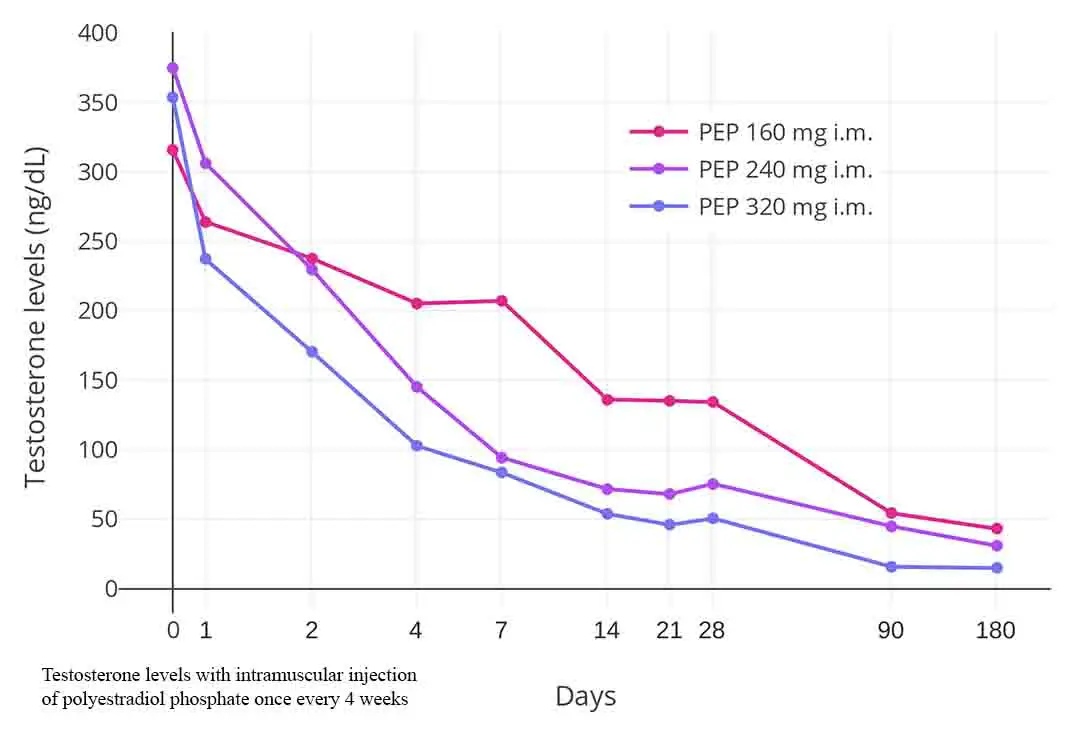Testosterone Levels by Age Chart
To maintain optimal physical, sexual, and mental health, the male body must generate the correct amount of testosterone. This hormone is important for your reproductive health, bone and muscle strength, and even your mood.
Testosterone levels by age chart are discussed in this article. Read this article with full concentration, I assure you won’t be disappointed.
But how much testosterone is “about right”? What does a normal testosterone level look like? We’ll go into how much testosterone you need to stay safe, how your testosterone levels change as you age, and how to say if your levels are low in this post.
All about normal testosterone level by age
Testosterone levels are assessed using a blood test since testosterone passes through the bloodstream. The amount of testosterone in your blood can be determined in a number of ways.
Testosterone is measured in nanograms per deciliter of blood (ng/dL) in the United States. In healthy adult men, levels of around 264–914 ng/dL are considered natural (according to one landmark study). As you can see, it allows for a lot of versatility!
Absolute testosterone (all the testosterone in your blood) is measured in nanomoles per liter (nmol/L) in the UK, and free testosterone is measured in picomoles per liter (pmol/L) (the testosterone that is available for your body to use).
Total testosterone levels of more than 12 nmol/L and free testosterone levels of more than 225 pmol/L are considered natural.
Your testosterone levels fluctuate a lot during the day, which is interesting. They are strongest in the morning (when most testosterone blood tests are performed) and decrease after a meal.

Molecular Model of Testosterone
Testosterone Levels By Age Chart (Cross checked with recent studies)
When you’re in your late teens, about 17–19 years old, your testosterone levels are at their highest. Your levels are likely to remain high for the next few decades. Every day, healthy young men generate around 6mg of testosterone.
Your testosterone levels naturally begin to decrease around the age of 30, but this is a slow and gradual process. For the majority of men, the decline is just 1% per year. By the age of 70, the average man’s testosterone output has fallen by 30% from its peak. Despite this, it is estimated that at least 75% of older men have testosterone levels that are within acceptable limits.
The following are the findings of one endocrinology study that demonstrate how testosterone levels decrease in healthy men after the age of 40 (figures are for total testosterone in the body):
Testosterone levels in the age of 40 range from 252 to 916 ng/dL.
Testosterone levels in the age of 50 range from 215 to 878 ng/dL.
Testosterone levels in the age of 60 range from 196 to 859 ng/dL.
Testosterone levels in the age of 70 range from 156 to 819 ng/dL.
older men could have lower testosterone levels than the general population of men despite still being in good health.
Read Sex BP
Symptoms of low testosterone
While it’s perfectly possible for your testosterone levels to be on the lower end of “normal” without affecting your health, if they fall below that range, you may suffer from some health issues.
The symptoms of low testosterone (also known as “low-T”) indicate the hormone’s role in your body. Low testosterone can affect your fertility, energy levels, muscle and bone strength, and other aspects of your health.
You may be afflicted with:
- Erectile dysfunction and sex drive loss
- Fatigue and sleeping issues
- Body mass loss and brittle bones
- Depression, irritability, or memory loss
- Loss of body and facial hair
If you’re having trouble with any of these signs, go to the doctor and get your testosterone levels tested. They will discuss your symptoms with you and might suggest a blood test. Based on two-morning fasting blood tests, a physical examination, and a symptom scan, the doctor will determine if your testosterone levels are good enough or need therapy.
It’s important to note that many of the symptoms mentioned above can be triggered by lifestyle factors like poor diet, lack of exercise, or smoking. Before prescribing treatment for low testosterone, your doctor can consider making adjustments here to see if they improve your symptoms. Underlying health conditions such as diabetes, liver disease, or kidney disease may all affect testosterone levels.
The treatment procedure for low testosterone
Testosterone Replacement Therapy (TRT) is a specific treatment for low T. (TRT). TRT means delivering extra testosterone to your body in order for your testosterone levels to regenerate, thus removing your symptoms.
The testosterone is typically given as an injection, a gel, or a skin patch in TRT. To avoid the transfer and possible injury, women and children should not touch the area where the gel has been applied too soon after it has been applied.
If your body does not regain its ability to generate enough testosterone for good health, treatment will be needed for a long time. Additionally, it’s important to address the possible complications of TRT with your doctor, which include prostate enlargement, an increased risk of blood clots, and poor cardiovascular health. As a result, you will be able to make an informed opinion.

Summery
Standard testosterone levels in men are estimated to be between 270 and 1,070 ng/dL, although the exact cut-offs differ. The American Urological Association (AUA) finds a value of less than 300 ng/dL to be a “fair cut-off” for diagnosing low testosterone (AUA, 2018).
It’s a wide spectrum, and many healthy men fall somewhere between the extremes. Since “good” means different things to different people when it comes to testosterone levels. (By contrast, stable testosterone levels in women are significantly lower.)
Key Points
- Your testosterone levels are primarily determined by three factors: age, biology, and any medical conditions you may have.
- The exact cut-offs for normal testosterone levels in men differ, but they usually fall between 270 and 1,070 ng/dL.
- Testosterone levels change during the day as well.
- Tiredness, irritability, depression, decreased interest in sex, reduced lean muscle mass, and erectile dysfunction is the primary symptoms of low testosterone.
Factors determine testosterone level
The following three factors have a huge effect on your testosterone levels:
Age, genetics and existing medical conditions are all factors to consider.
Testosterone levels are said to peak in the late teens/the early twenties and then fall by around 1% per year after that. There are many research that support this fact. Such as a study that discovered testosterone levels peaked at the age of 19. (Kelsey, 2014). Levels tend to fall, but the precise amount per year—and whether this is largely due to age or other factors—is unknown.
The fluctuation of testosterone level
Testosterone levels change during the day as well. Testosterone levels increase in the morning and fall later in the day. That’s why you should get your testosterone levels tested between the hours of 8 and 10 a.m. Testosterone levels must be tested at least twice before a diagnosis of low testosterone can be made.
You may also love to learn about Incurable STDs.
Last Updated on February 23, 2022 by Learn From Doctor Team






